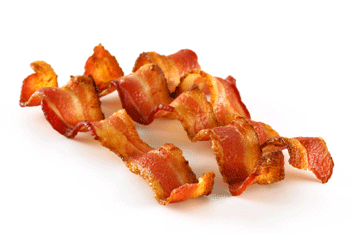Nutrition: Why we crave fat (or not)
It isn’t just that bacon-loving, talking dog featured in one of last year’s most-popular YouTube videos that has a taste

It isn’t just that bacon-loving, talking dog featured in one of last year’s most-popular YouTube videos that has a taste for fat. Turns out that new research from Washington University School of Medicine in St. Louis shows that the human tongue can recognize fat, but people vary in their ability to sense it, which can influence whether or not we consume too much.
The researchers are the first to find a receptor in the human tongue that is sensitive to the presence of fat in food. They showed that those with a variation on the CD36 gene (up to 20 percent of people) are far more sensitive to the presence of fat than the rest of us. Indeed, study participants who made the most CD 36 protein were eight times more sensitive to the presence of fat than those who made 50 percent less of this protein.
Both animals and humans tend to prefer high-fat foods, which provide the body with lots of energy. This research suggests that the presence of fat can change the way our tongue perceives a food, as it does for the five tastes’ bitter, salty, savoury, sour and sweet. Future studies will need to look at how this ability to detect fat influences our intake, thus affecting whether or not we become obese. (This research is published in the Journal of Lipid Research.)
Do you crave fatty meals or snacks?
Related:
‘ 5 fatty foods that will help you stay healthy
‘ 3 high-fat treats to avoid
‘ 5 foods your doctor never eats




